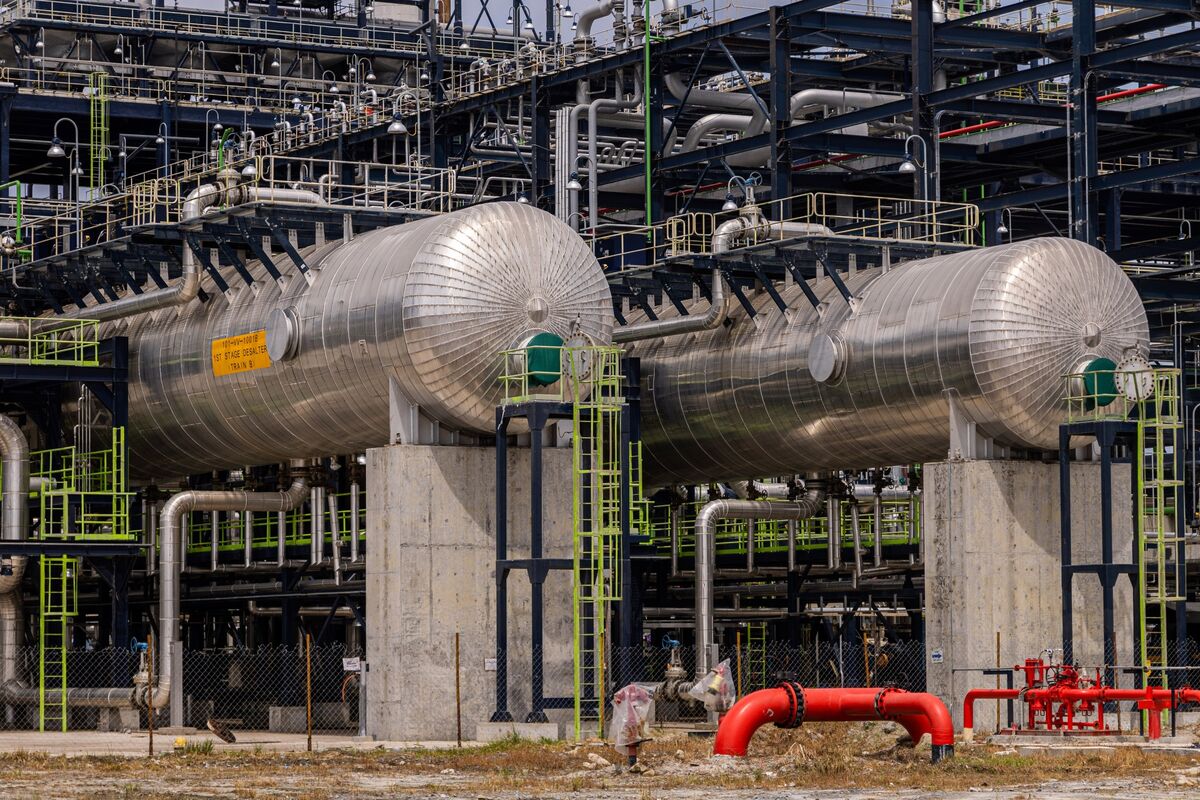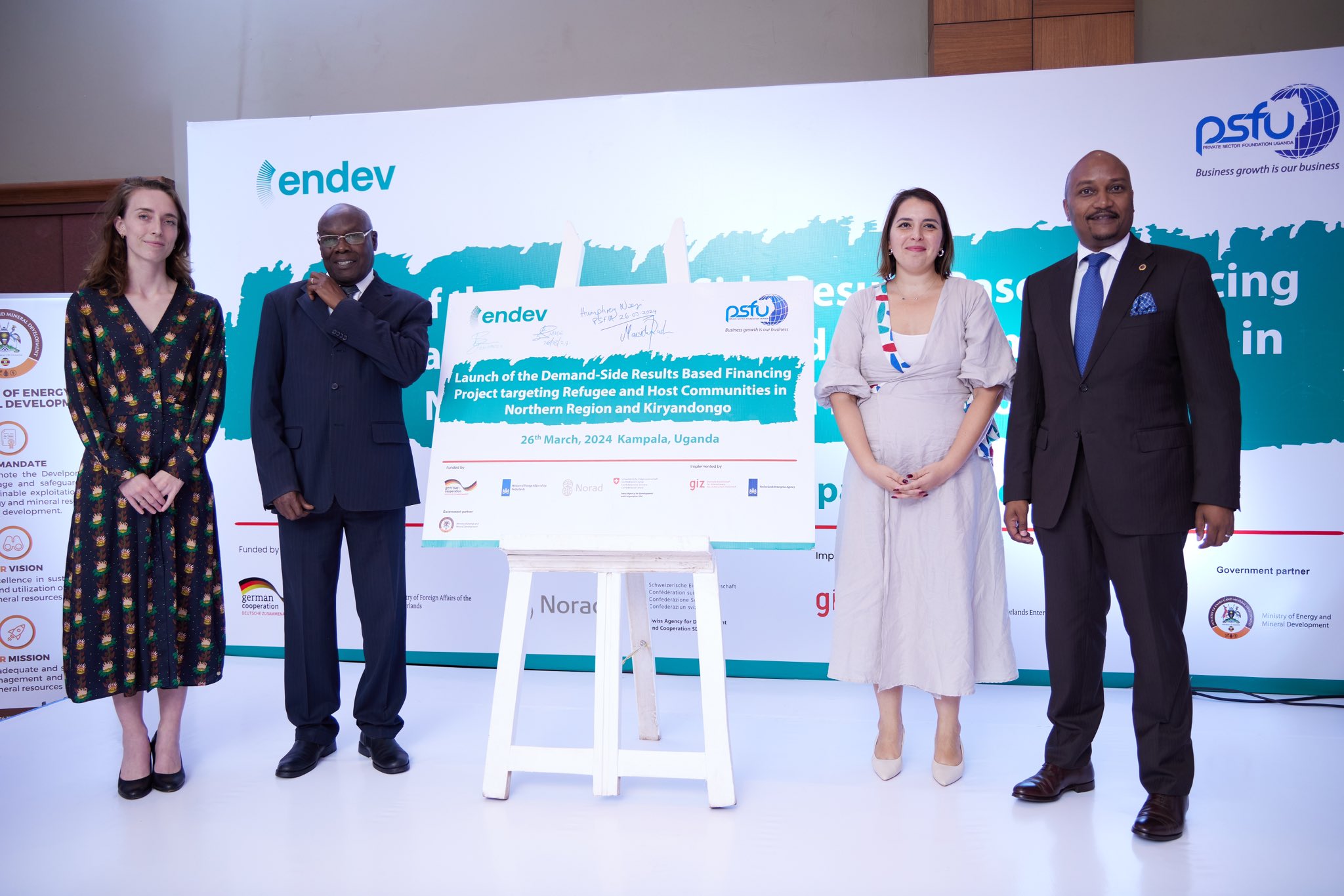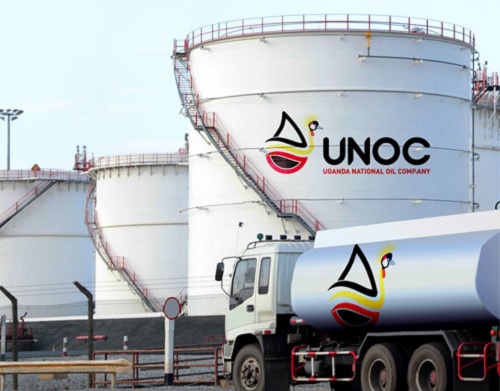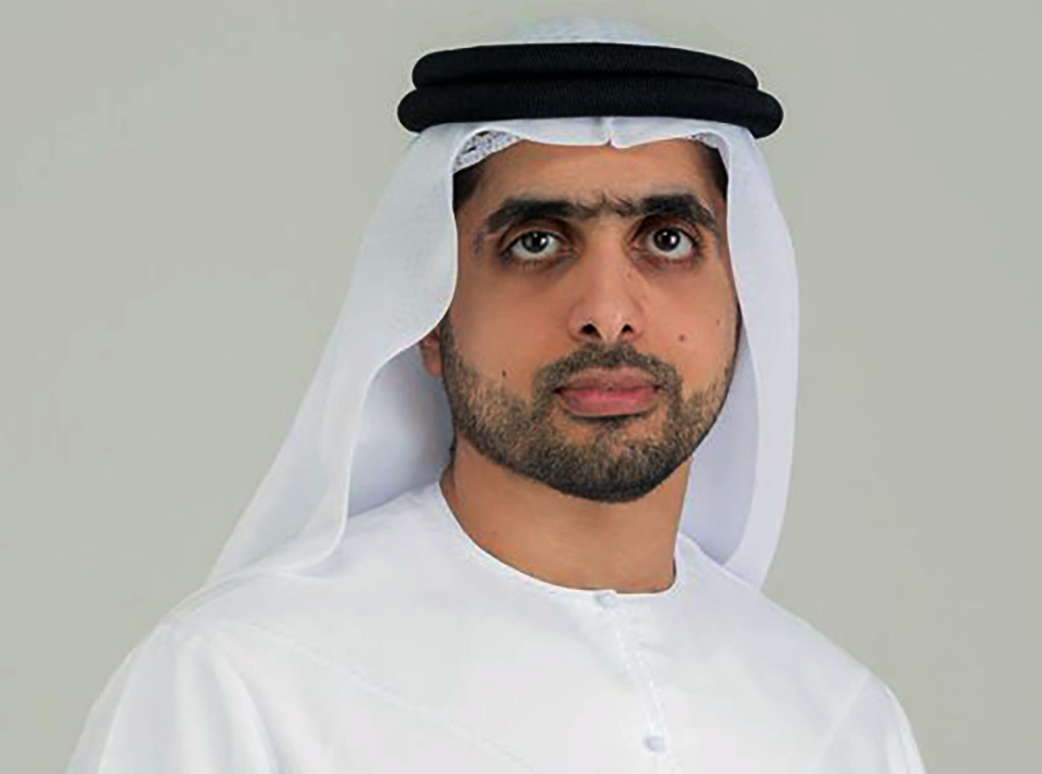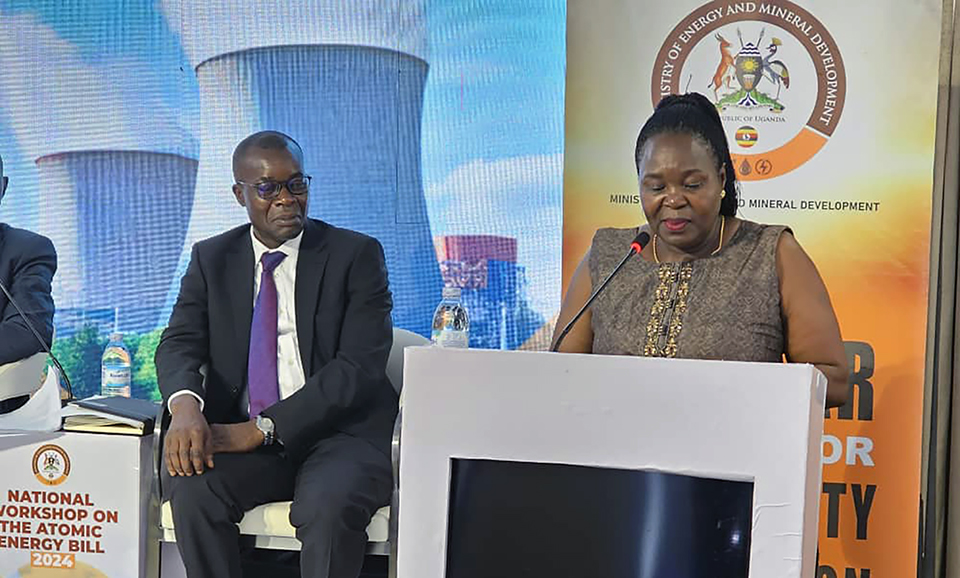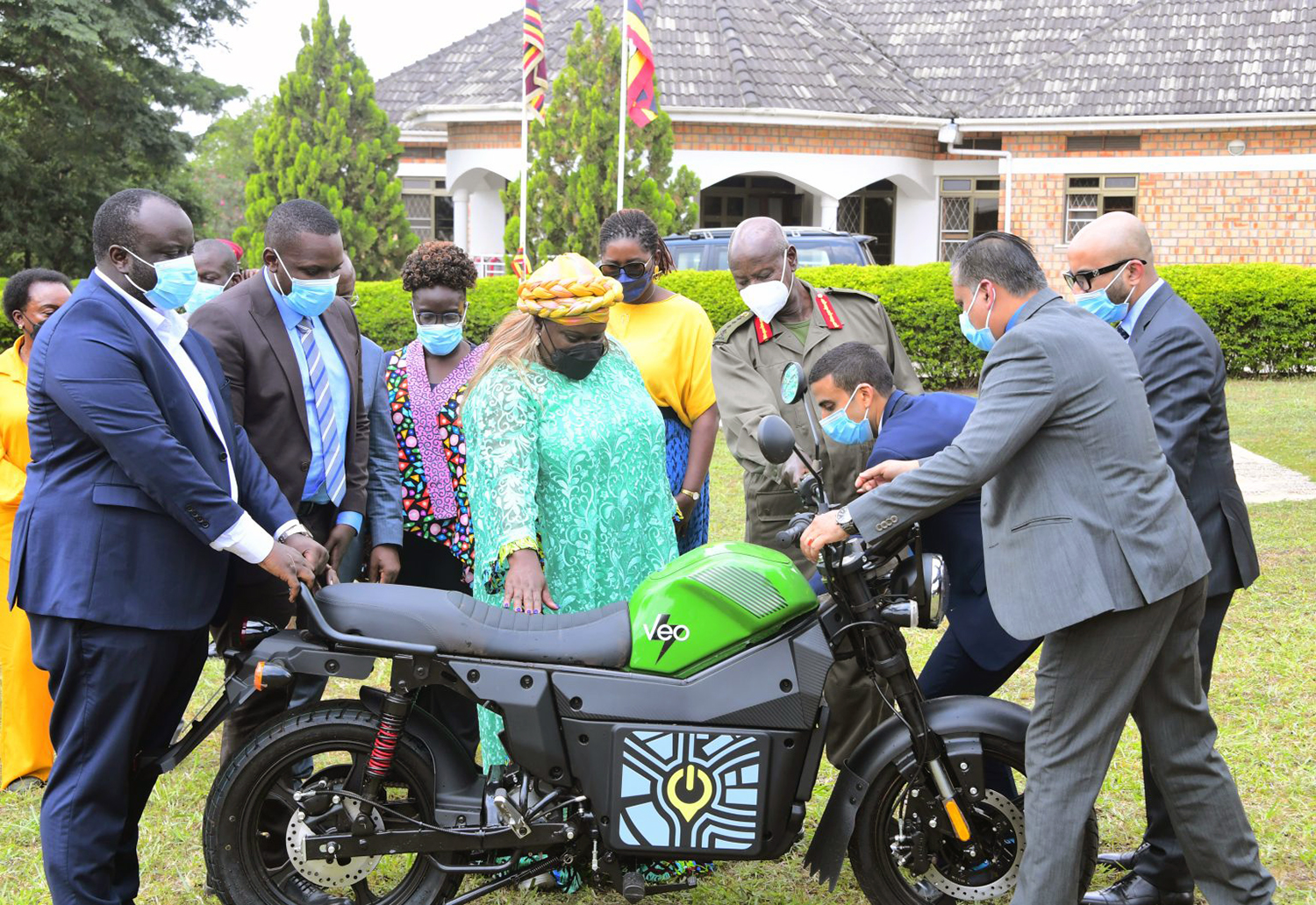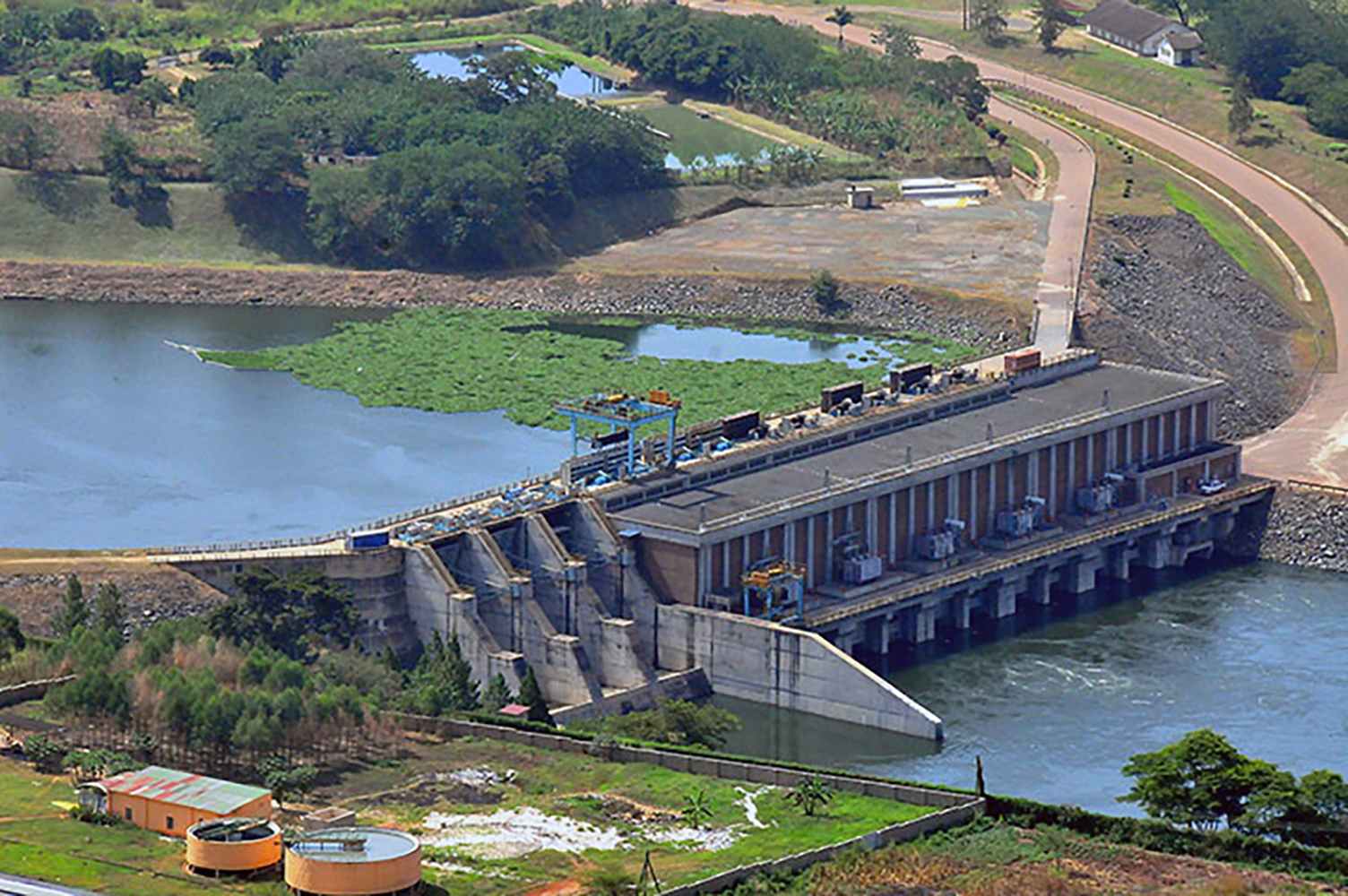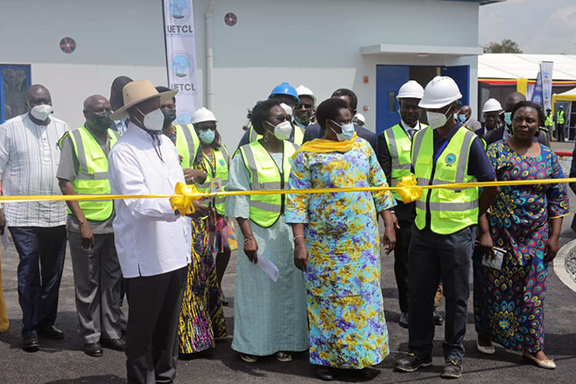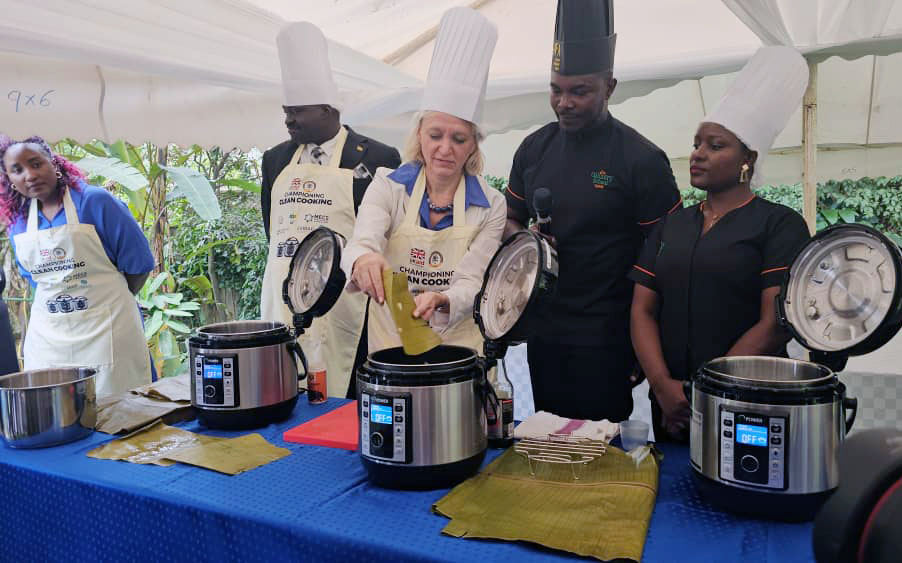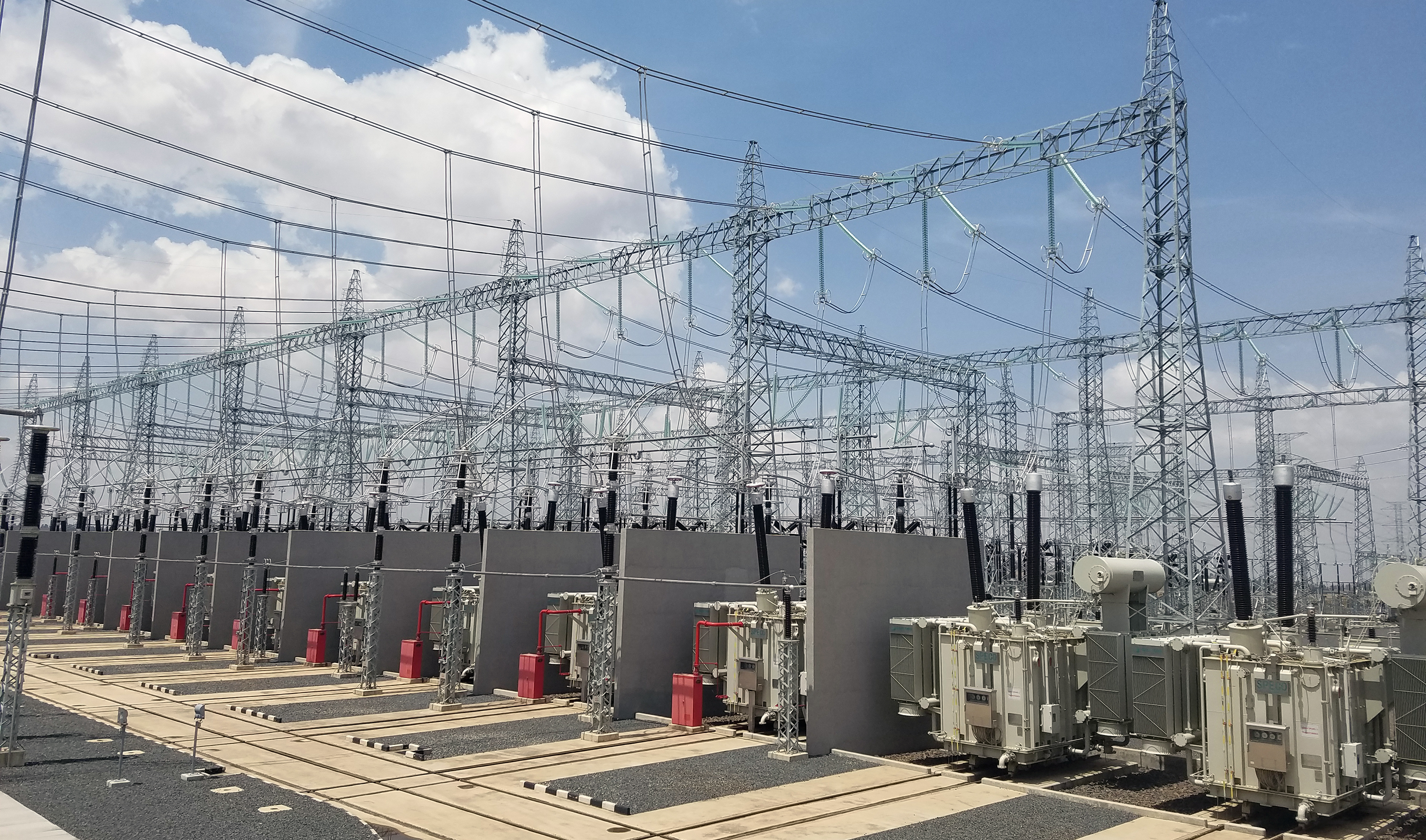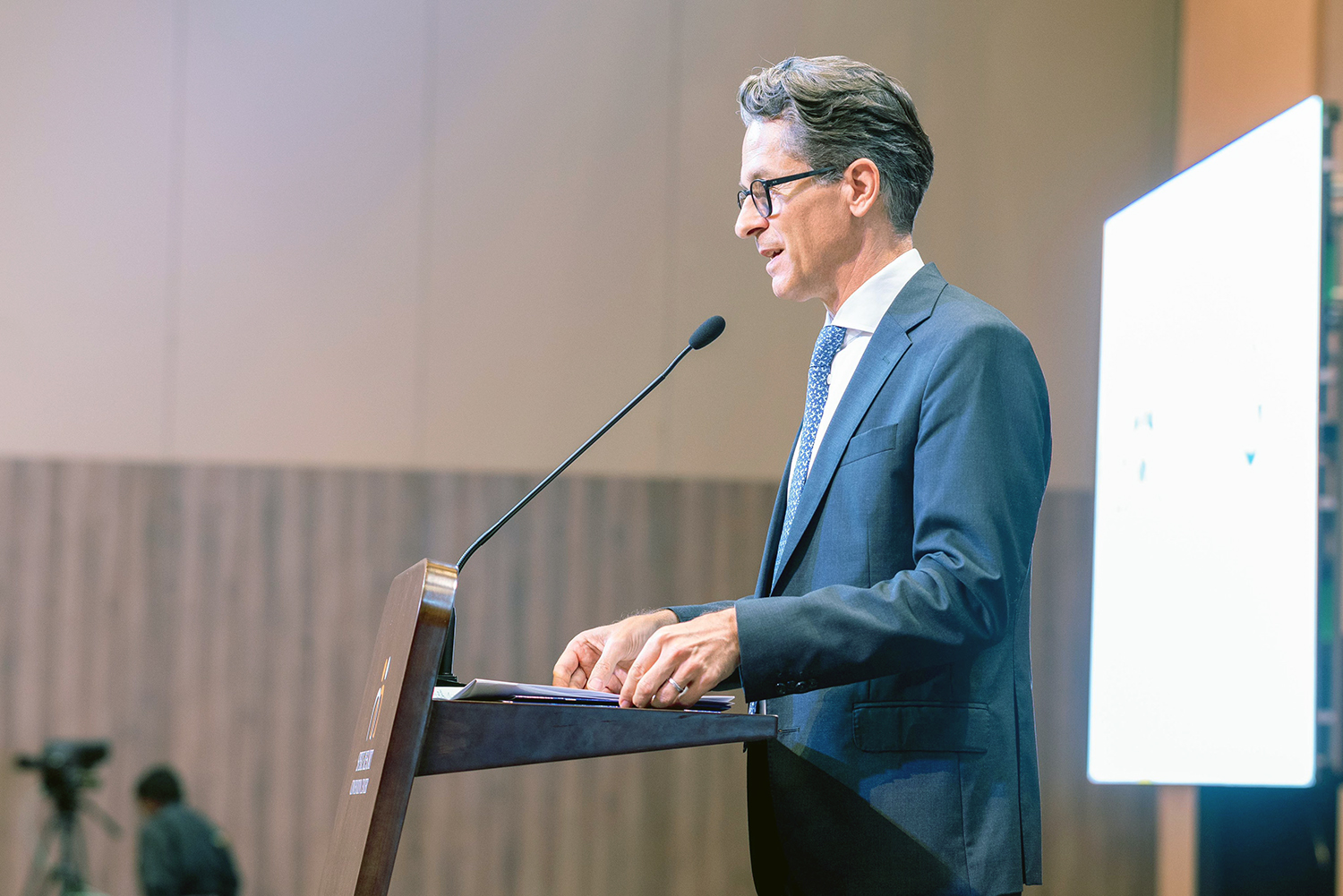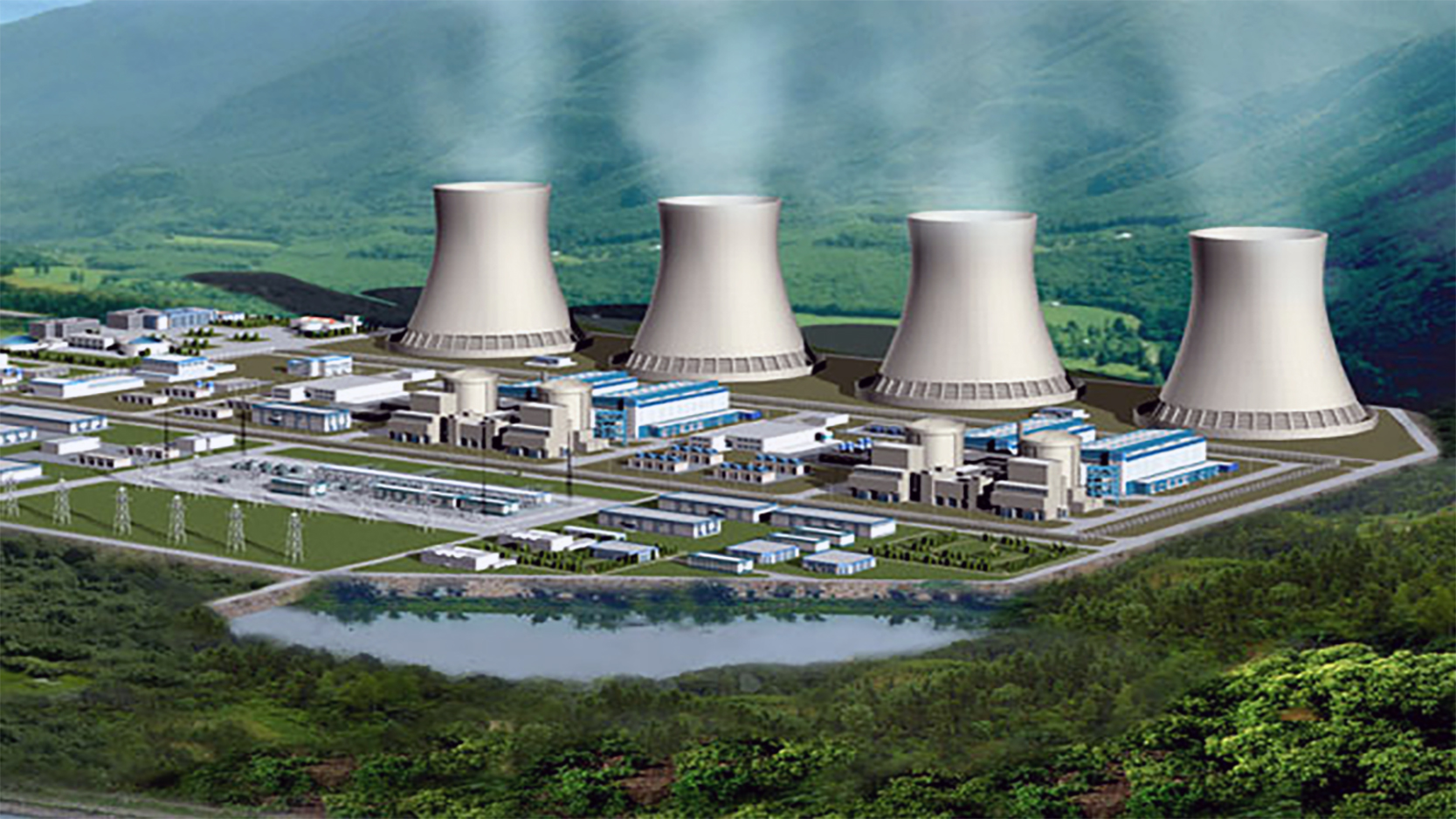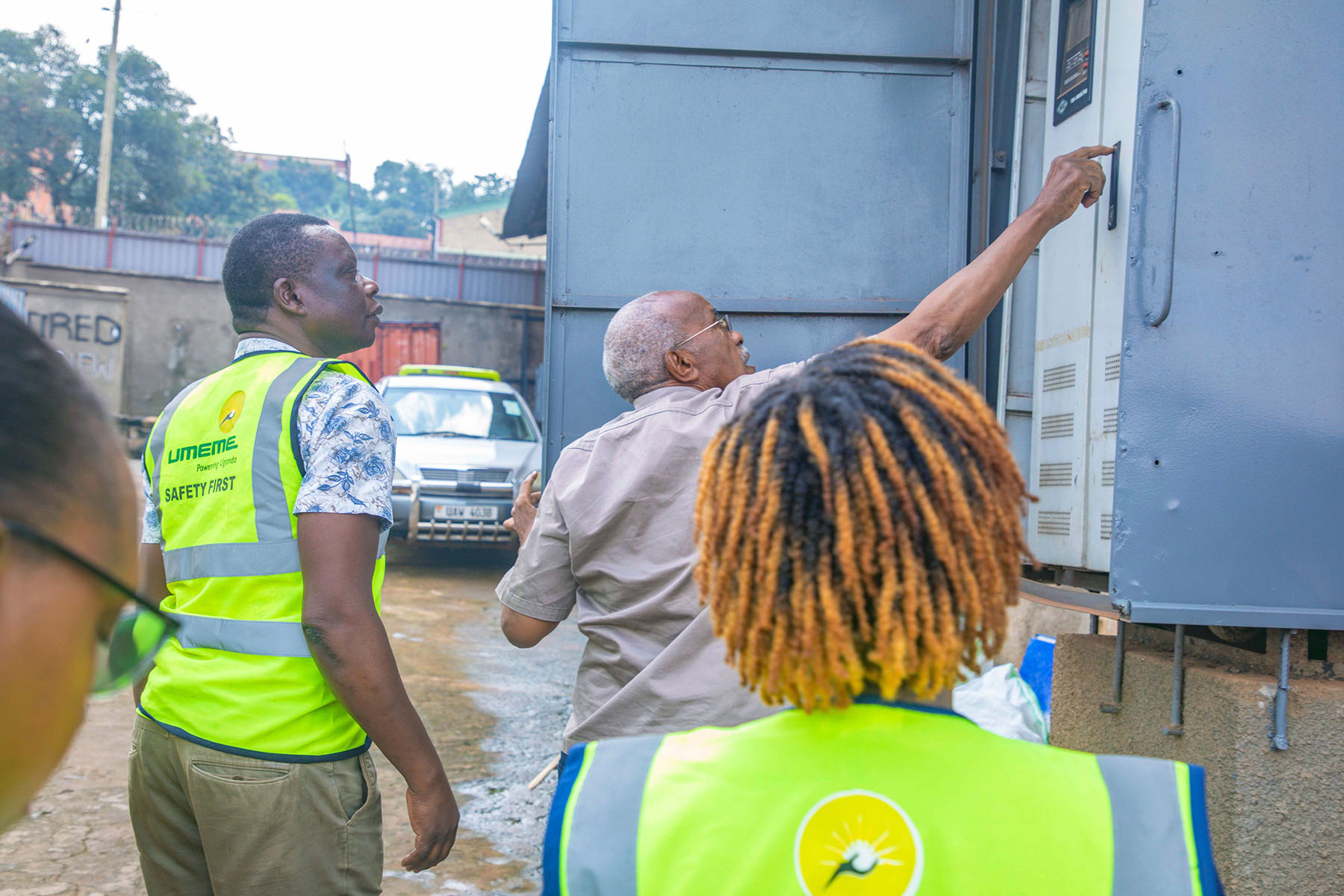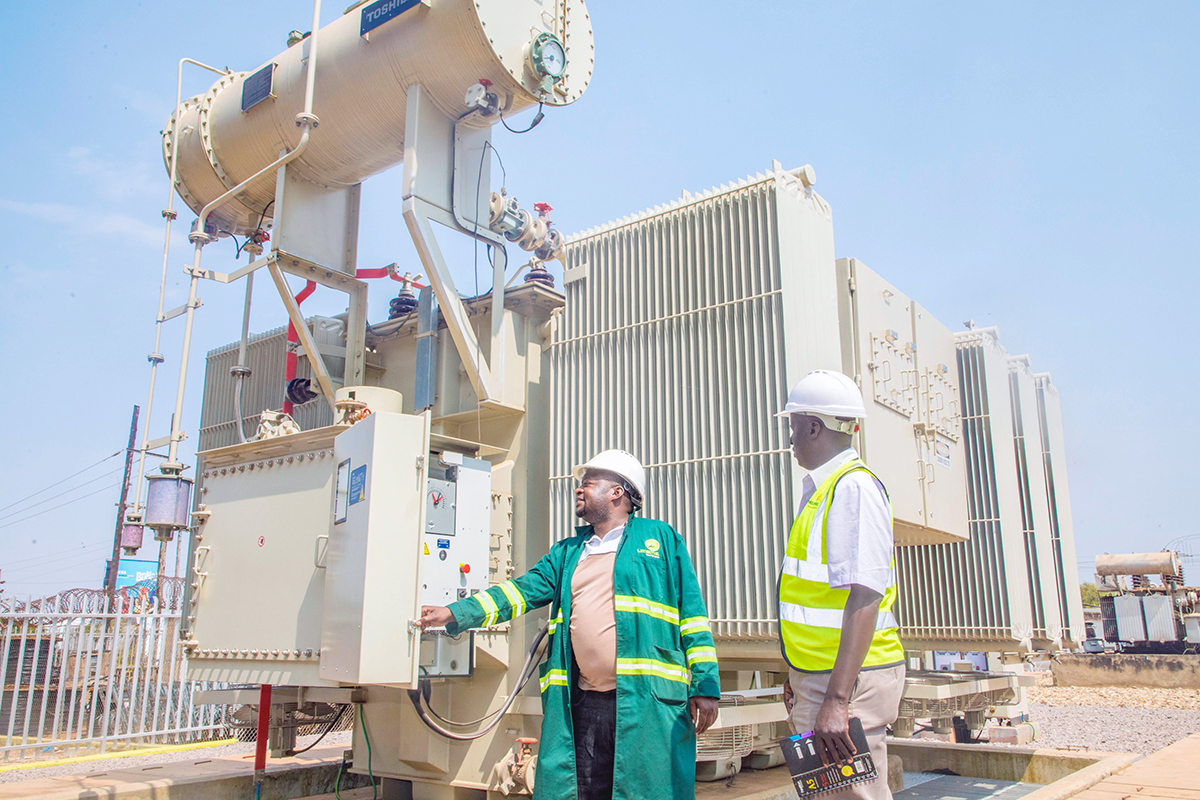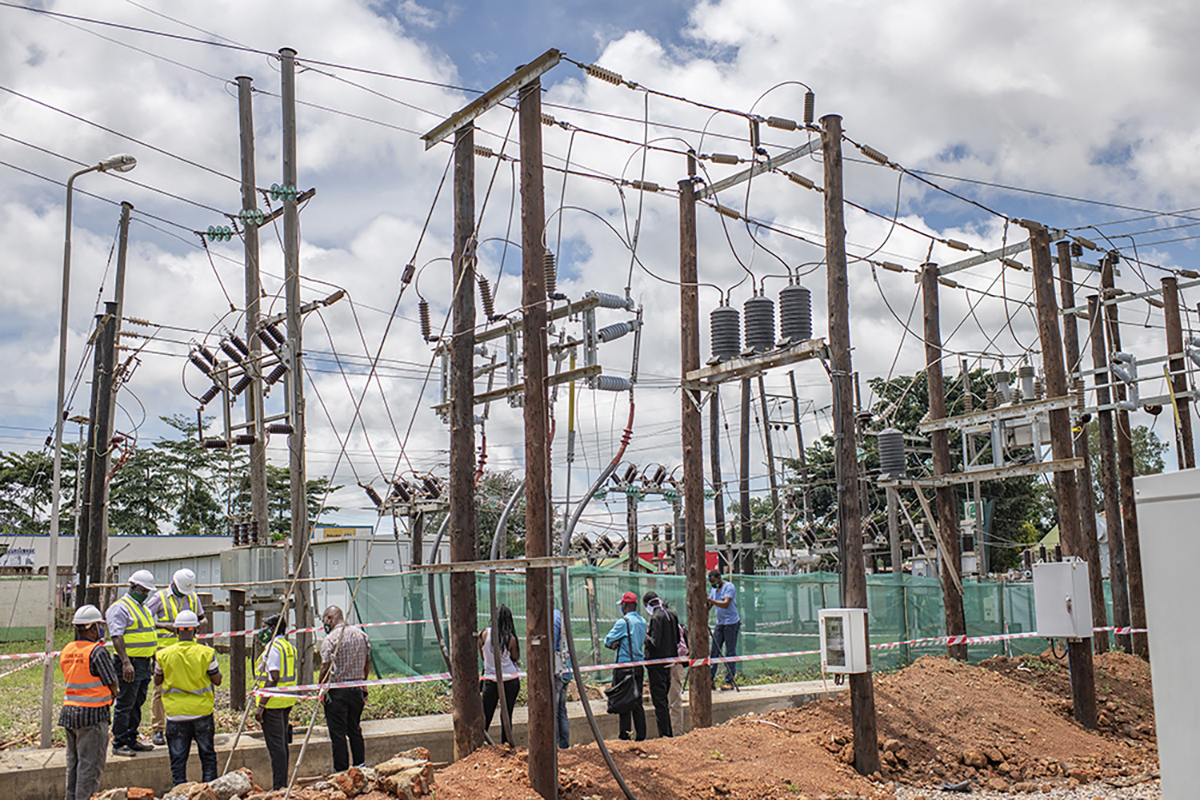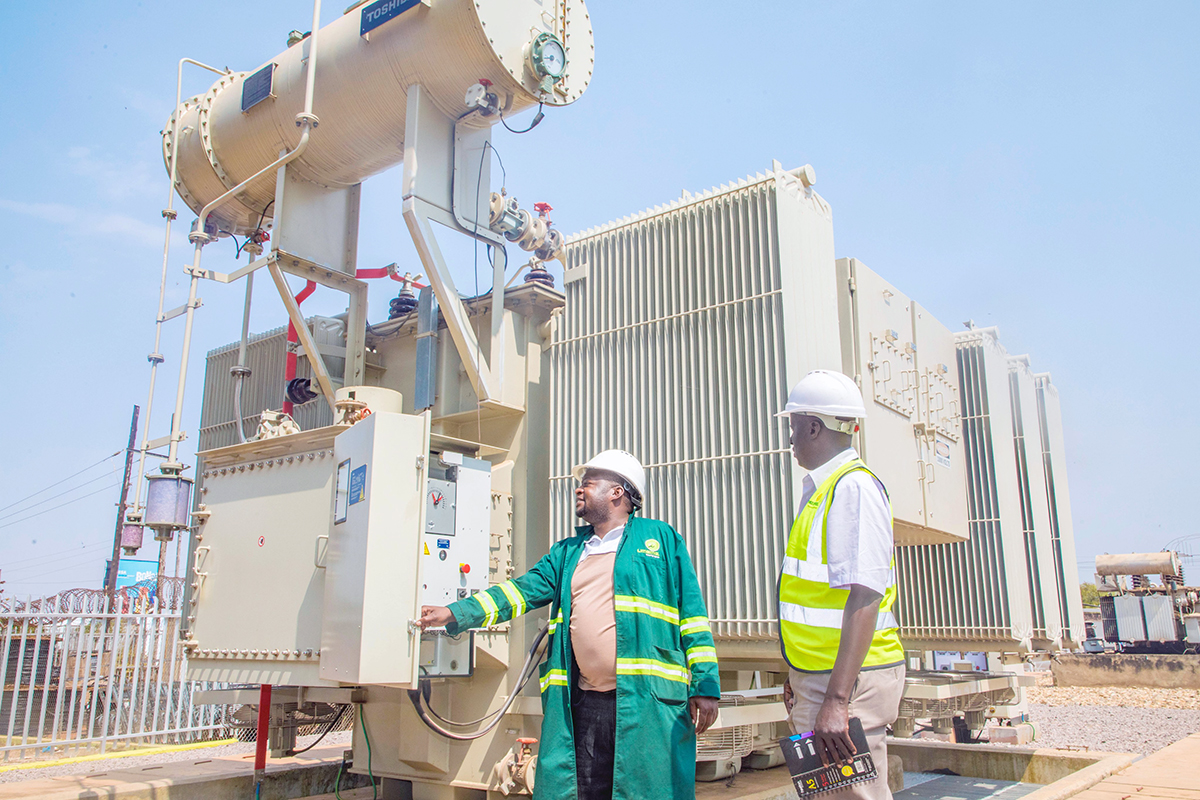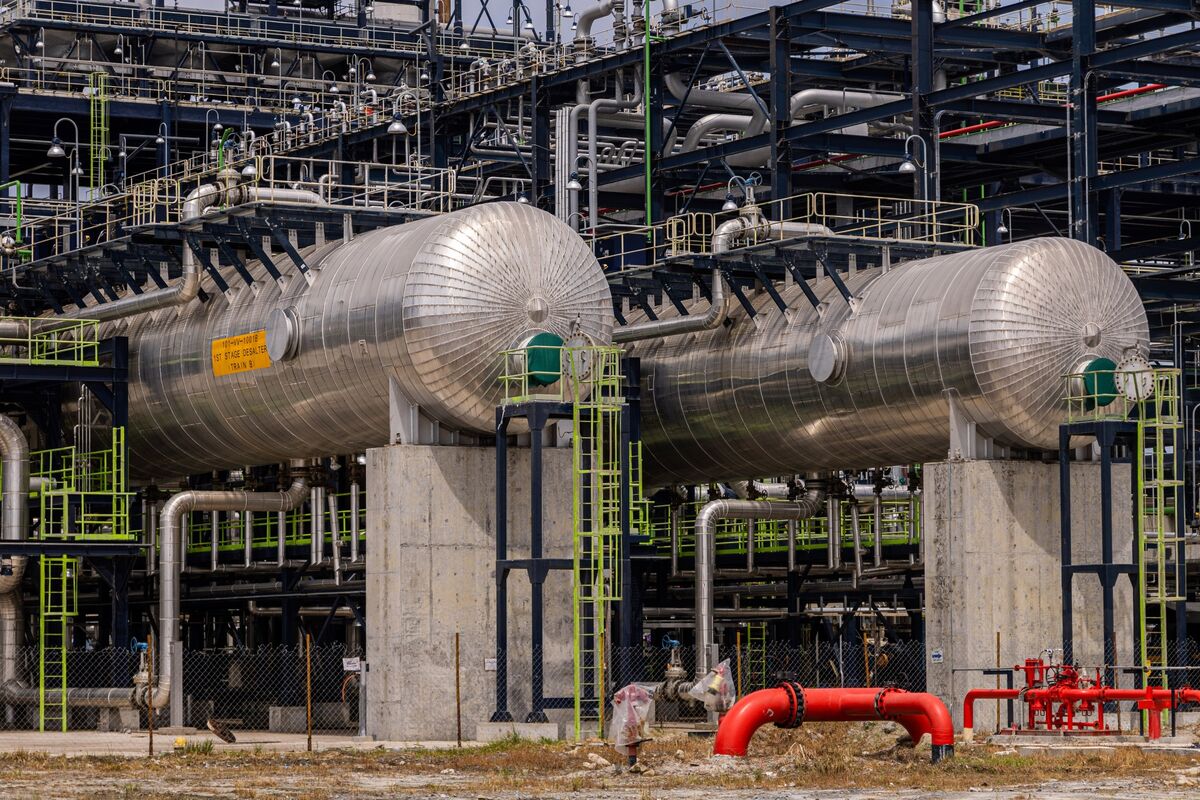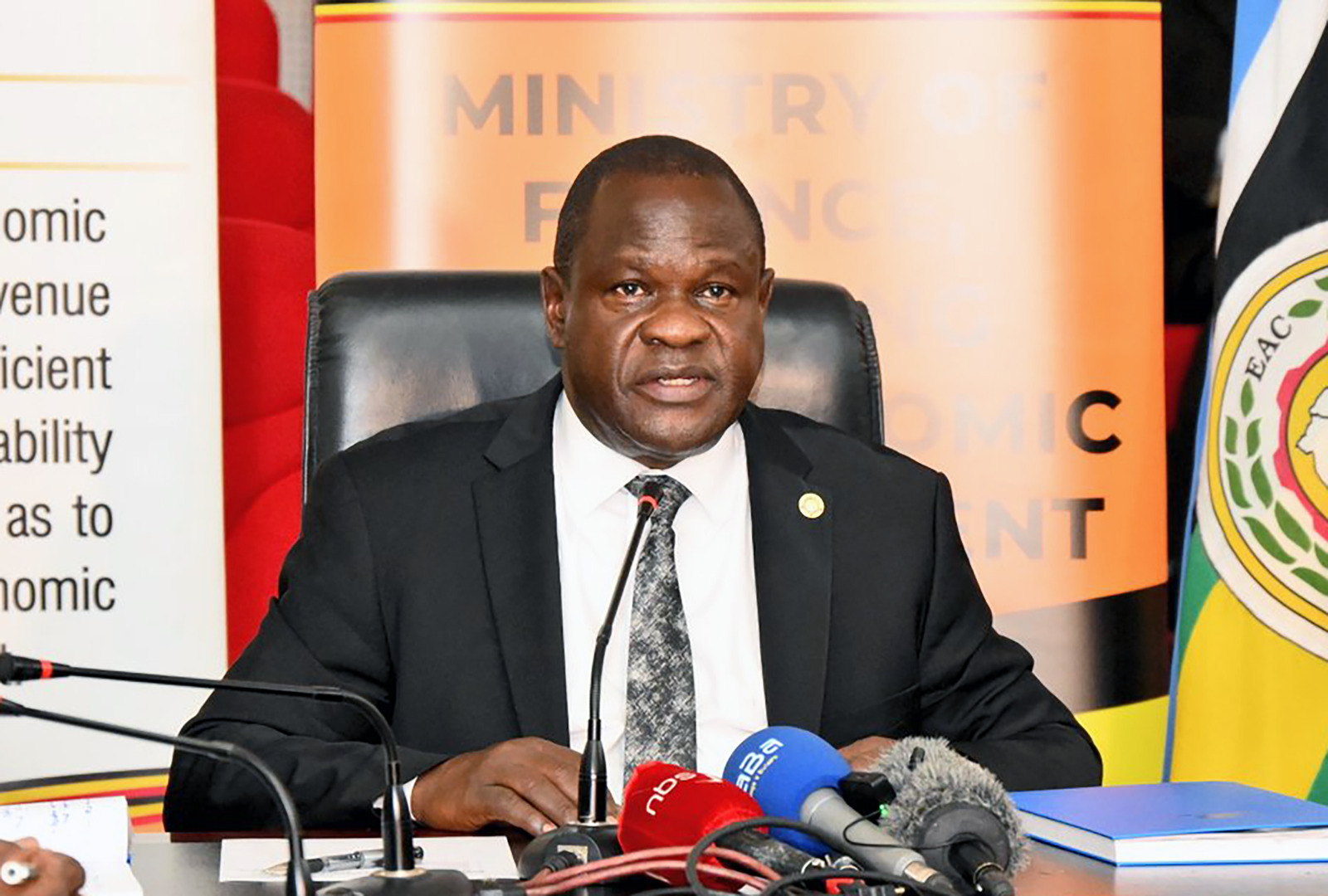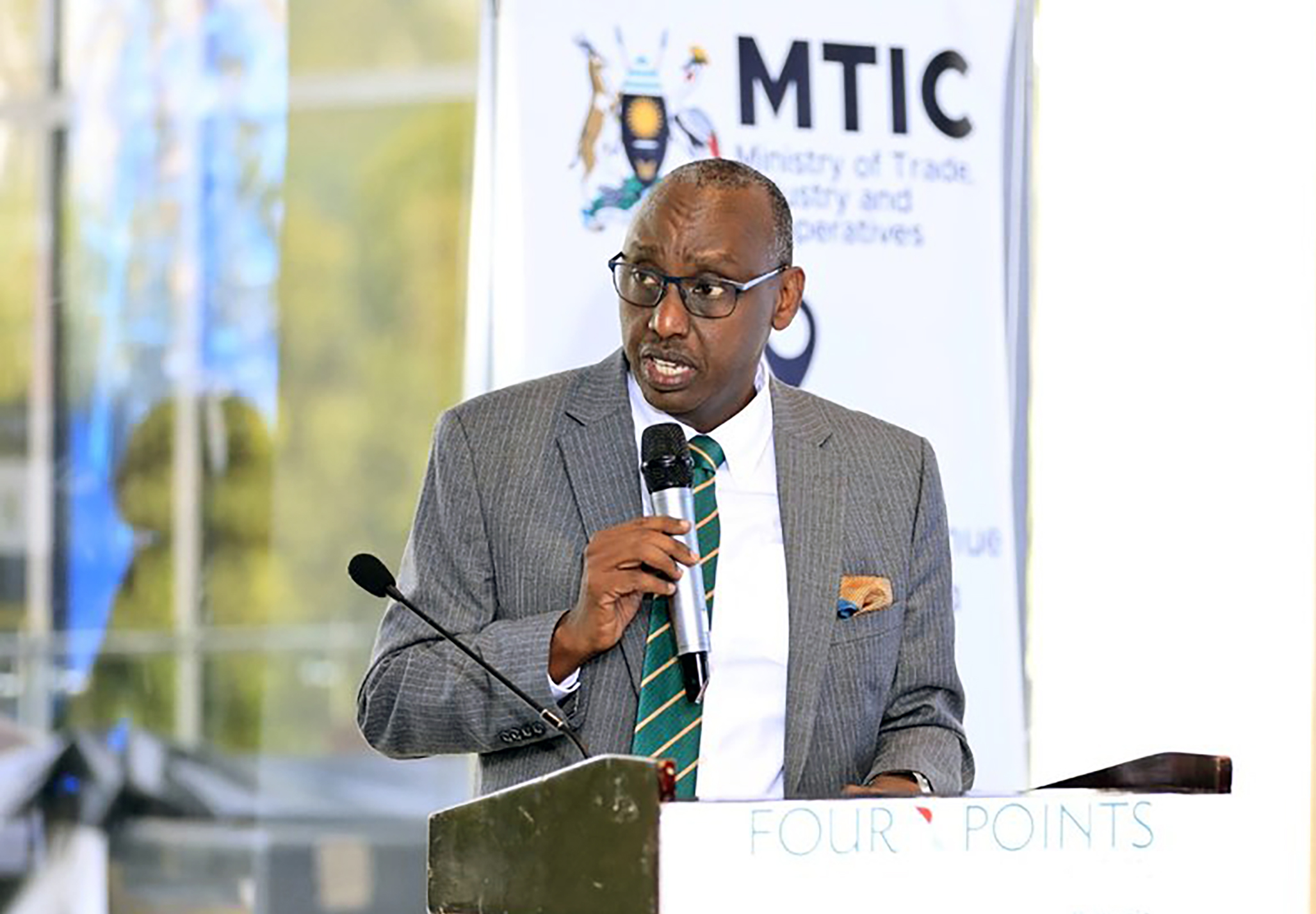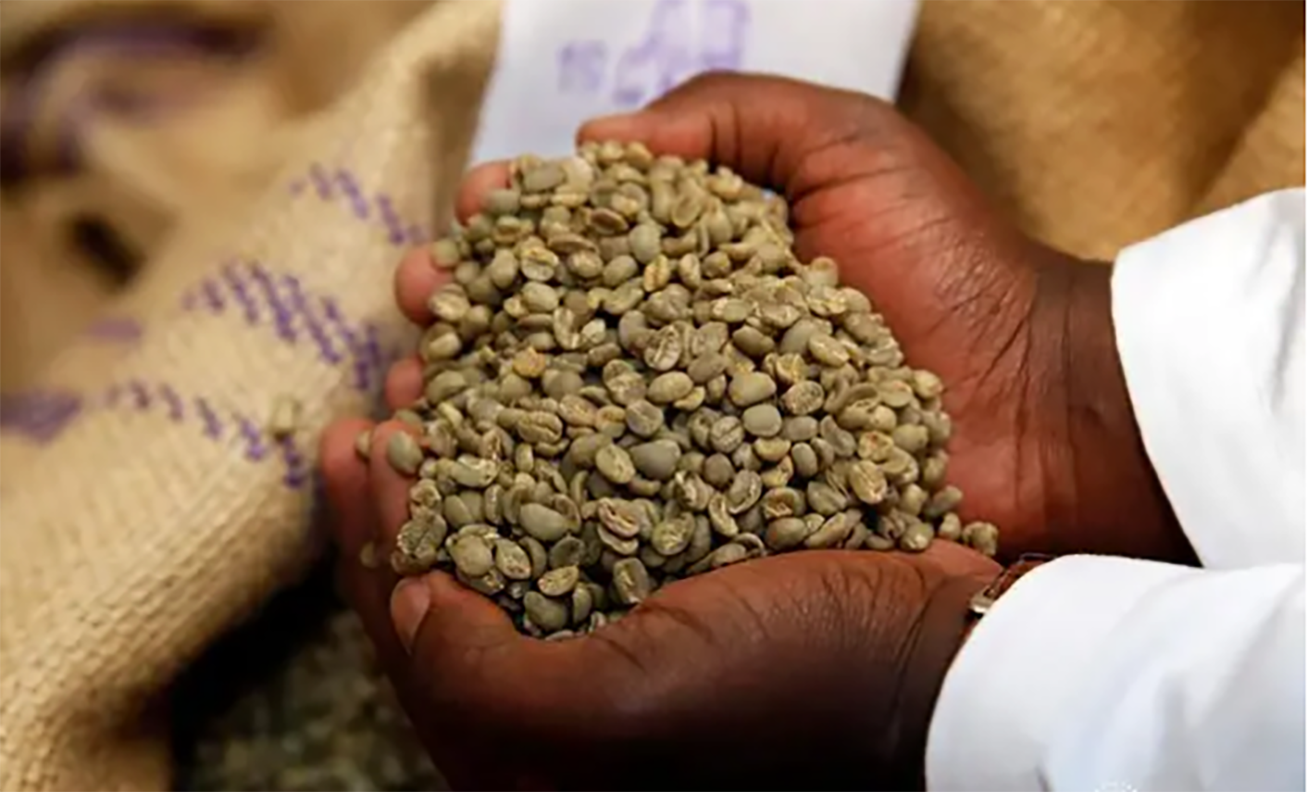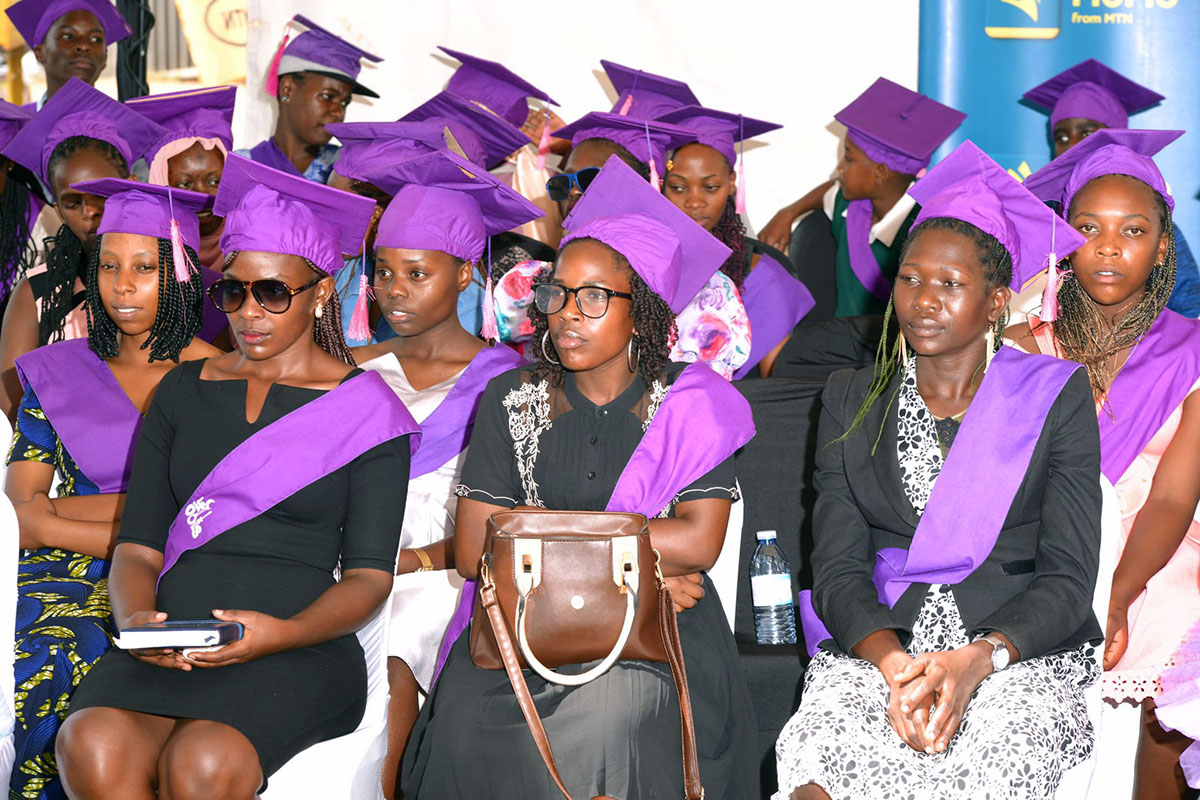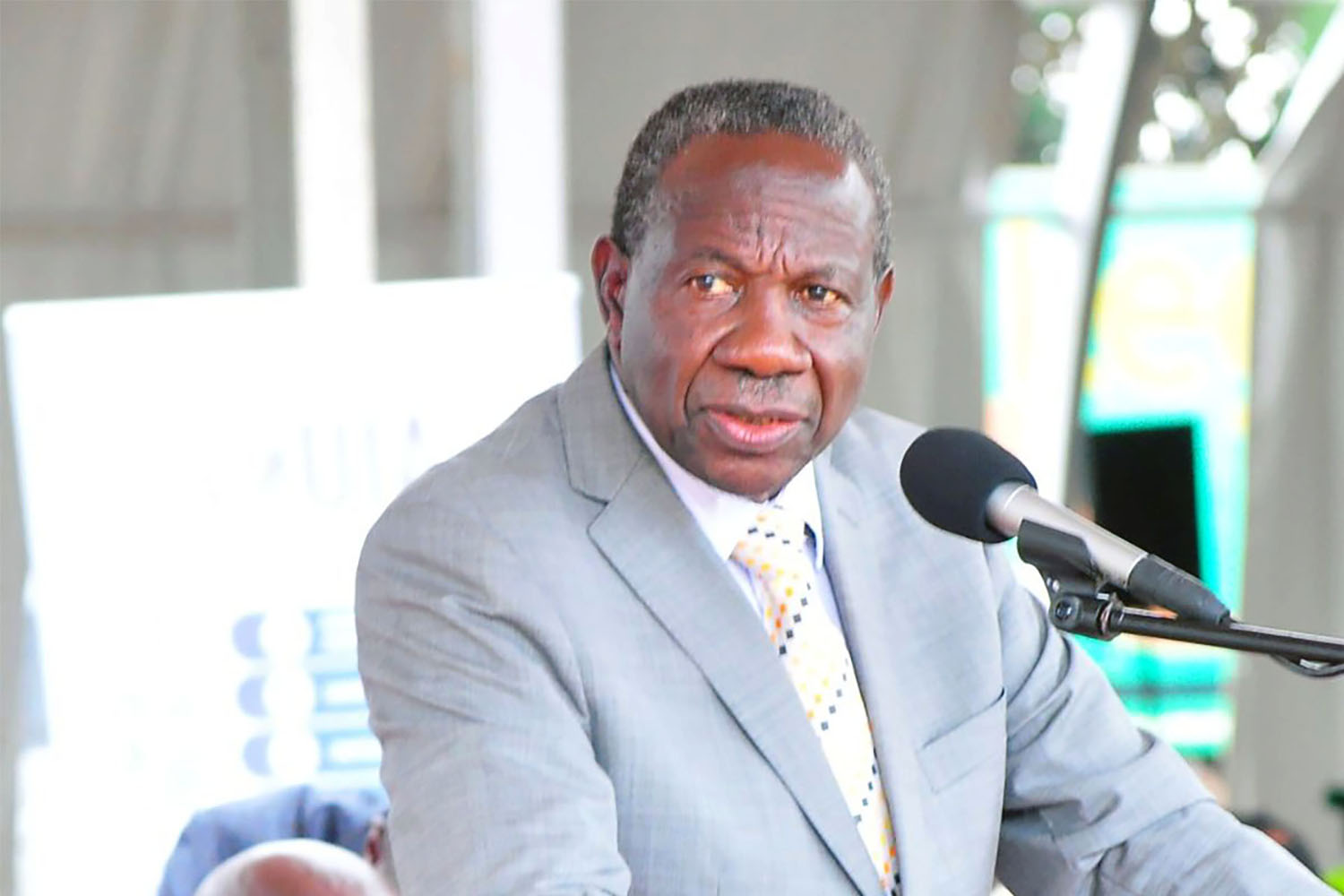Petrol-ethanol blending to save UGX400m per year
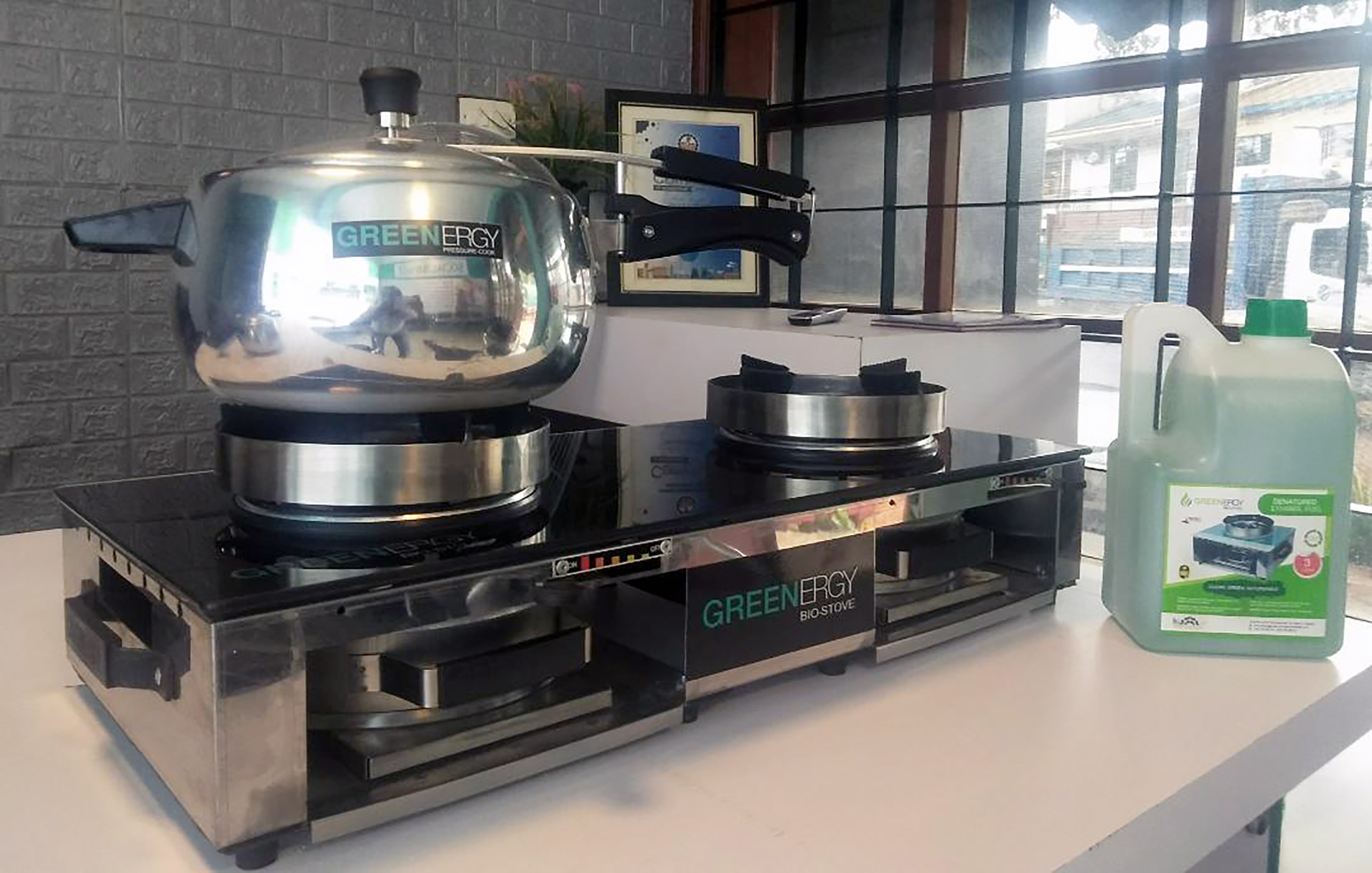
A bio-fuel stove and petrol-ethanal blended fuel on display at the event in Malaba Town.
Uganda has officially rolled out a national biofuel blending programme that will see petrol mixed with ethanol extracted from crops such as maize, cassava, and sugarcane, a development expected to enhance energy security, reduce environmental degradation, and significantly raise farmer incomes.
Announced by the Ministry of Energy and Mineral Development (MEMD), the programme is to start with a 5% ethanol blend (E5) and gradually scale up to 20% (E20), in accordance with the Biofuels Act (2020) and Biofuels (Licensing) Regulations (2022).
The resulting blended fuel can be used for as a fuel for domestic cooking and for vehicles. The government estimates that when fully implemented, the programme could replace up to 200 million litres of imported fossil fuel annually with locally produced ethanol, saving the country over UGX 400 billion in foreign exchange.
- Speaking at the signing of a Public-Private Partnership Agreement between Bukona Agro Processors Ltd in Malaba Town Council Tororo district, Bukona’s Managing Director Praviin Kekal said the ethanol programme has strong environmental and social benefits.
“In Uganda, charcoal is the main cooking fuel used by the masses, depleting thousands of acres of forests annually. This project alone will conserve over 8,000 acres of forest every year, significantly reducing environmental degradation,” he said.
Kekal added that the ethanol programme is already generating impact at the grassroots level: “We are promoting extensive cassava cultivation through partnerships, including one with the Archdiocese of Gulu that involves over 10,000 farmers under cooperative societies and chapels. This initiative is transforming dormant land into productive assets.”
- Four licensed fuel-handling facilities located in Busia, Malaba, Mutukula, and Kawuku (Entebbe) have a combined capacity to manage over 110 million litres of petrol per year, all of which will be blended with ethanol before distribution.


Farmers are expected to be among the primary beneficiaries. In regions like Teso and Busoga, cassava and sugarcane farmers have long grappled with price volatility and low market demand. For instance, in mid-2025, cassava prices fell to UGX 150 per kilogram for fresh produce and UGX 400 for dried cassava, causing widespread losses. Busoga’s sugarcane farmers have similarly expressed frustration over unsustainable returns.
“With the new innovations, cassava and sugarcane will now have high market value,” said Omela Isaac, Town Clerk of Malaba Town Council. “Farmers will be encouraged to expand cultivation and put idle land to use.”
The blending programme is part of Uganda’s broader strategy under Vision 2040 and the National Energy Policy (2023), which aims to diversify energy sources and promote green growth.
“By introducing E5 and moving toward E20, we are actively decarbonizing our transport sector,” said Hatimu Muyanja, an Energy Officer at MEMD who represented the Permanent Secretary during the signing ceremony. “This effort minimizes our carbon footprint and aligns Uganda with global climate goals.”
- He added that the Ministry would ensure all biofuels operations meet high environmental standards to protect natural resources.
- Energy Minister Ruth Nankabirwa has also emphasized the importance of supporting agriculture to meet ethanol production needs. Speaking at a recent briefing at the Uganda Media Centre, she said, “We are thinking about irrigation because during the dry season, production goes down. But we’ve had our ears on the ground for ten years.”
Through village-based cooperatives and Village Savings and Loan Associations (VSLAs), smallholder farmers in districts like Nwoya would gain stable access to bioethanol markets. “This provides predictable income, reduces market risks, and fosters long-term economic stability,” Muyanja noted.
He concluded, “We are moving beyond simply producing raw materials. This programme encourages significant value addition transforming agricultural produce into a high-value energy commodity, right here in Uganda.”


.jpg)


